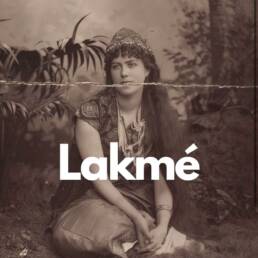It was a hidden gem of nostalgia, a charming bar nestled in Little Havana’s lively streets. During a candid conversation, the wise bartender asked, “Do you know why it’s always ‘rum and coke’, and never ‘rum and Pepsi?’ We leaned in, eager for the story.
This quaint bar, tucked away in the heart of Miami’s most interesting neighbourhood, is adorned with vintage Cuban decor that transports visitors back in time. As we stepped inside, we found every element conspiring to evoke the essence of a bygone era.
However, it was the enchanting glow of hanging Coca-Cola lights that sparked this curious dialogue. “So, do you know why it’s always ‘rum and coke’? ” His voice carried a hint of intrigue, setting the stage for a story that would reveal the secrets of a classic cocktail pairing.
The Cuba Libre, a highball cocktail with cola, rum, and often lime juice, was born in early 1900s Cuba. Its exact origin remains uncertain, but it gained popularity after Coca-Cola was introduced in Cuba in 1900.
The cocktail’s name, “Cuba Libre,” which means “Free Cuba,” reflects the spirit of Cuban independence following the Spanish-American war. Rum and cola became a staple drink in Cuba and the US, but why was Coca-Cola the only choice for this classic cocktail?
It was all because of a song—a song that would bridge cultures. In the early 1940s, a calypso song from Trinidad, composed by Lionel Belasco and adorned with lyrics by Lord Invader, was creating ripples in the Caribbean music scene.
Its roots, however, traced back to Belasco’s 1904 composition “L’Année Passée,” with brand new lyrics that spoke of American soldiers stationed in Trinidad who cavorted with local girls and indulged in the quintessential Caribbean spirit of revelry—rum and Coke.

This infectious tune, with its catchy melody and Caribbean flair, was a sensation among the locals. However, its true moment of glory was yet to come.
Morey Amsterdam, an American entertainer with the Andrews Sisters, got wind of this musical gem and decided to Americanize it. They breathed new life into the song and watched it soar to unprecedented heights of popularity in the United States.
The song was none other than “Rum and Coca-Cola.” Its upbeat rhythm and spirited lyrics resonated with American audiences, and soon it became a cultural phenomenon. Coca-Cola became synonymous with rum; the two became inseparable partners in crime.
However, the plot thickened when beverage giant Pepsi entered the scene. Before the song’s release in the United States, the makers of Pepsi reached out to Morey Amsterdam with a tempting and unique offer.
They wanted him to change the lyrics of “Rum and Coca-Cola” to feature Pepsi instead. In exchange, they were willing to offer him a substantial sum of money. It was an enticing proposition, but Amsterdam, ever the guardian of artistic integrity, declined the offer.
Little did he know that this decision would mark a pivotal moment in the annals of beverage history. Pepsi’s chance to make its mark in the cocktail industry slipped away, like rum into a glass of cola.
“Rum and Coca-Cola” became the anthem of good times, and its lyrical tribute to the eponymous cocktail etched the association of rum with Coca-Cola in the hearts and minds of American people forever. Pepsi found itself unable to penetrate the cocktail market ever since.
When you order a rum and cola, you naturally reach for Coca-Cola, not Pepsi. This is the song’s remarkable legacy—a testament to the enduring power of a catchy tune and a brand association that has stood the test of time.
Sources:
The Andrews Sisters: A Biography and Career Record, H. Arlo Nimmo, McFarland.
For God, Country, and Coca-Cola, Mark Pendergrast, Basic Books
Rum: The Epic Story Of The Drink That Conquered The World, Charles A. Coulombe, Citadel Press
Images:
Wikimedia Commons, Public Domain




